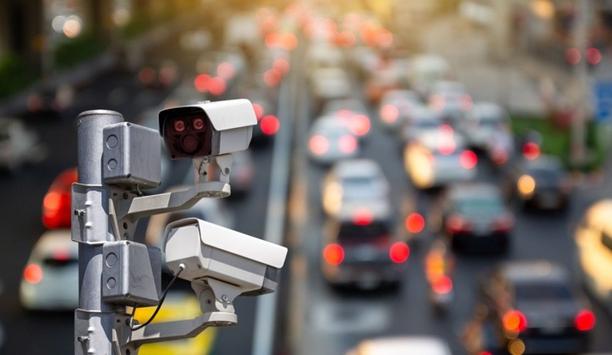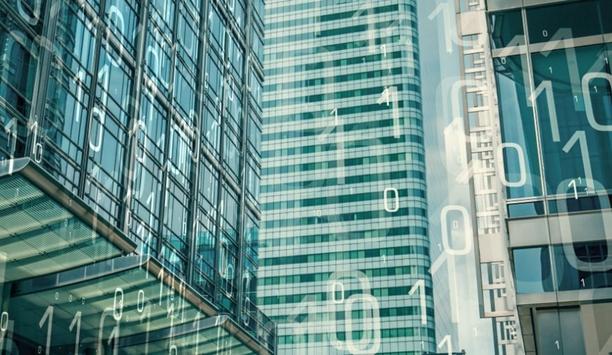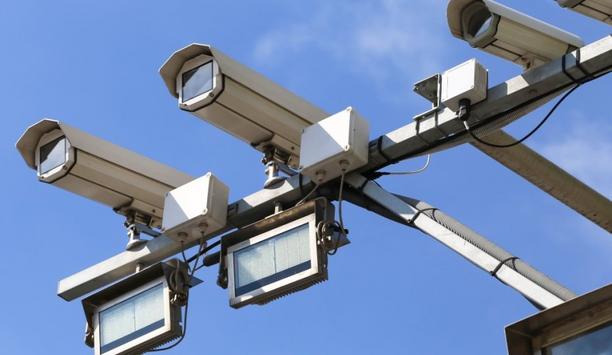 |
Video analytics isn’t just for security. In general, the ability to leverage data from video provides a new wealth of information and “intelligence” about all aspects of the business. The retail vertical is leading the way in reaping the benefits of video analytics beyond the security function.
There are two reasons retailers have taken advantage of video analytics far more than other vertical markets. First, retailers generally face more theft than any other vertical market, says Brian Lane, director of marketing, 3VR. Analytics can help catch suspects by alerting in real-time. After the fact, analytics used for search purposes are far more effective to identify a theft than rewinding and fast-forwarding through video. Secondly, analytics can be used in retail to track customers, understand their age and gender, manage queue lines, know how long people dwell at an end cap, provide heat maps, etc.
In short, retail has the greatest potential for analytics because it can be used both for security and for marketing and operations, says Lane.
3VR’s Customer Insights business is used by retailers, banks, food service, hospitality and other markets to track customers and understand buying habits. Through an interactive dashboard, retailers and others can harness 3VR analytics to provide business intelligence they can use to help increase sales or improve operations.
Most of 3VR’s loss prevention and security products use some form of video analytics for forensic search capabilities, even if they only use a motion analytic. Using analytics for search greatly reduces the amount of time needed to find a suspect.
Video analytics for POS & in-store operations management
The latest security analytic at 3VR is aimed at any market where there is a point of sale or teller transaction. 3VR’s Customer Not Present analytic is integrated with the customer’s POS or teller system and requires a camera placed above the POS/teller. Each time a transaction takes place, 3VR’s VisionPoint VMS creates an event card with information about the transaction, such as items purchased, dollar amount, time/date, transaction number, account number, and other customizable data. The event card, when clicked-on, plays video of the event. If a transaction takes place without a customer present, the analytic will create a special event card marked as “Customer Not Present.” A manager can then search for all transactions in which a customer was not present to see if money is being stolen from the till, there are false returns, or other forms of employee theft.
Analytics can be used in retail to track customers, understand their age and gender, manage queue lines and provide heat maps |
For the Customer Insights business, 3VR’s VisionPoint Queue Management software has added new features to detect average wait time, customer flow rate, and average queue size. There is also a customisable real-time dashboard that can notify store managers how many cashiers are needed now and how many cashiers will be needed in 30 minutes (or other customer time limit).
For 3VR’s Customer Insights business, traffic is counted at the edge using 3VR’s People Counter, which results in far greater accuracy and less bandwidth, since video does not need to be sent to the server for processing. Only the metadata is sent, which requires very little bandwidth. Because of this, the data can be sent directly into the cloud where the data is parsed and available online at any time using a web browser to access 3VR’s VisionPoint Dashboard. The advantage to this method is that only the metadata is required.
Analytics aids traffic and liability management in retail stores
Other video analytics providers are also active in the retail environment. Agent Vi’s system can count people and measure foot traffic in a retail store, then aggregate the information and analyse the data. Even for retailers with multiple branches, Agent Vi provides a way to visualise traffic patterns in a store, to determine product placement, analyze how a change in store configuration might impact sales.
Being able to respond immediately can help to promote return on investment (ROI) in the retail environment, especially related to managing liability. Dr. Rustom Kanga, CEO of iOmniscient, gives an example of someone who slips and falls in a shopping mall.
“Now you can respond to the person immediately, ask if they’re OK, offer them a cup of tea,” says Kanga. “If somebody falls, and they think someone is taking care of them, they are much less likely to sue.” Responding immediately might mean the number of times people decide to sue would go down 80 percent, which reduces insurance costs. He notes the example of a shopping center owner with 200 malls that might have five slip-and-fall claims per week at each location, and many would just be “paid off” at $1,000 or $2,000 each. Responding quickly and with caring can lower the number to one claim per week, so it’s easy to do the math in terms of economic benefit – and ROI.









































